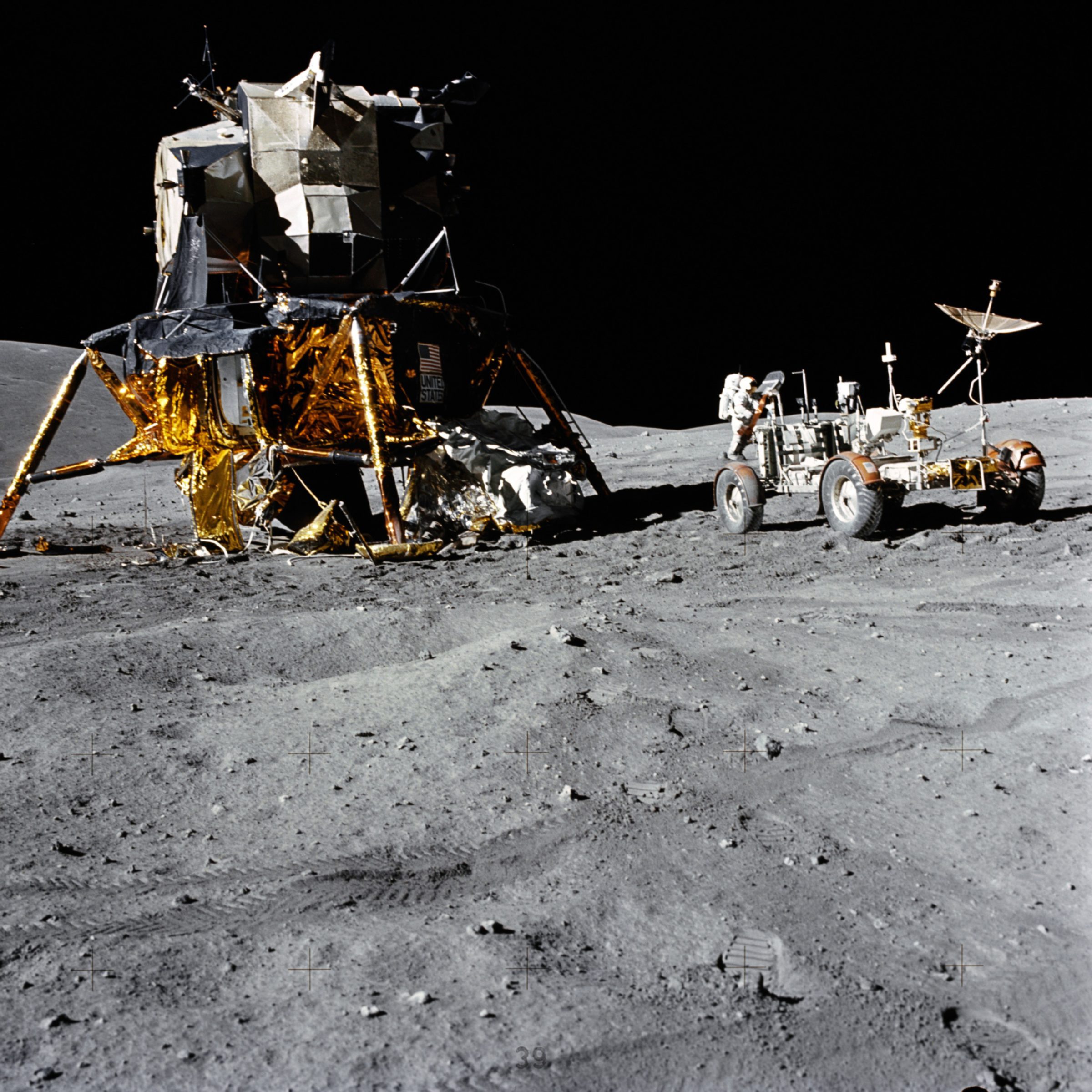Kate Howells • Feb 12, 2024
The best places to search for life in our Solar System
The search for life beyond Earth has been one of the driving forces in space science since its very earliest days. As humans have learned more about the planets and moons of our Solar System, we’ve identified several that could have the potential to hold life. But space is vast and exploration is challenging, so humanity has to focus our search on the worlds that we think are most likely to be home to life.
These are the best places to search for life in our cosmic neighborhood.
Mars
The planet next door may be freezing cold, but it’s the hottest place in the search for life beyond Earth. Humans have sent more spacecraft to study Mars than any other planet beyond Earth, in large part because of its potential past — and maybe even present — habitability.
The surface of Mars is inhospitably cold, with average temperatures of -63 degrees Celsius (-81 degrees Fahrenheit), and has low atmospheric pressure. This combination means that liquid water is not stable at the surface. Because liquid water is one of the only things all life forms on Earth have in common, when we look for life beyond our planet we focus on places where liquid water is present. On its surface, Mars does not seem to be a habitable world.

But Mars wasn't always this inhospitable to life. We think Mars once had a molten core that generated a magnetic field. This, in turn, protected the surface from radiation and supported a thicker atmosphere that kept the planet warm. In these conditions, surface water — and life — could have been possible. In fact, there is strong evidence that between 3 and 4 billion years ago, Mars had liquid water on its surface. We can see valleys carved by rivers, pebbles that formed in streams, and piles of sediment that could have come from basins and deltas.
Missions like NASA’s Curiosity rover have determined that some portions of Mars were habitable for at least some periods of time long ago. NASA’s Perseverance rover is searching for signs that life may have existed during that habitable period. It is exploring Jezero crater, a former lakebed and river delta, to look for ancient life immortalized in microscopic fossils. Perseverance is also stowing samples for future missions to return to Earth, where laboratories around the world will be able to study them in greater depth.
There is also a chance that microbial life could exist on Mars today, perhaps under the planet’s ice caps or in subsurface lakes detected by spacecraft like the European Space Agency’s Mars Express. Locations like these could protect life from the harsh conditions on the planet's surface, making Mars even more tantalizing in the search for life today.
Europa
Jupiter’s moon Europa is another top contender for habitability.
At Jupiter’s distance from the Sun, temperatures are so low that water takes the form of ice as hard as granite. The expectation is that life would therefore not be able to exist in these conditions. But tidal forces squeeze and heat Europa’s interior, allowing water to exist in liquid form beneath the surface.
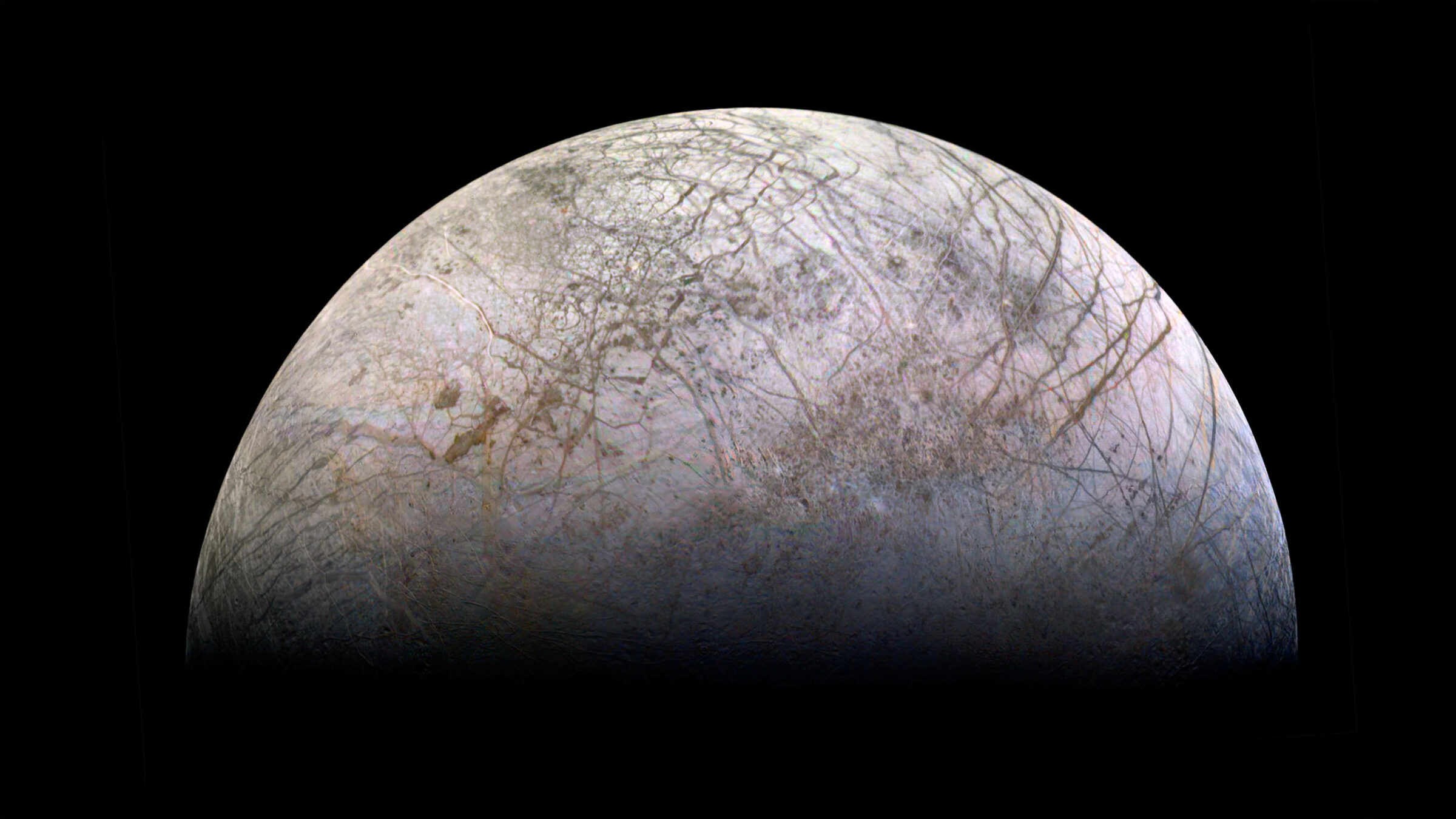
Europa’s subsurface oceans are thought to contain twice as much water as all of Earth’s oceans combined. Measurements of the moon’s magnetic field also hinted that this water might be salty, suggesting it is in contact with a rocky seabed — a potential source of life-giving energy.
If the liquid ocean really is there, it could make Europa an especially promising place to look for life. But many mysteries remain about this moon, from the thickness of the ice shell to the details of what happens beneath it.
NASA’s Europa Clipper mission, which is due to launch in 2024 and arrive at Jupiter in 2030, would confirm whether Europa does indeed have a subsurface ocean capable of supporting life.
Enceladus
Europa’s appeal in the search for life is matched, and even exceeded, by Enceladus. The moon of Saturn shares a few key characteristics with Europa, including an icy shell that shows hints of hiding a liquid water ocean beneath it. Like Europa, the subsurface oceans of Enceladus show signs of making contact with a rocky seabed, which could provide energy for life forms in those waters. But where Enceladus outdoes Europa is in the accessibility of its ocean for study.
Enceladus’ south pole is covered in a series of fissures through which plumes of water have been observed shooting up into space. This makes sampling the moon’s subsurface ocean much easier than it would be to sample water hidden below tens of kilometers of icy crust, which might be the case with Europa.
In fact, NASA’s Cassini Saturn orbiter flew through Enceladus’ plumes several times between 2008 and 2015, adapting one of its instruments to analyze the composition of the water. Within the plume, Cassini detected a variety of organic molecules including phosphorus, one of the ingredients for amino acids that has never previously been found in extraterrestrial oceans.
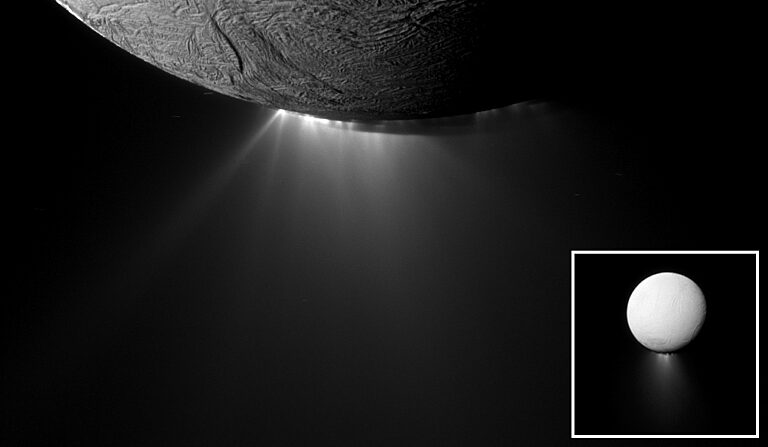
Cassini was not designed to search for signs of life, so if there were living things in the plumes it flew through, we wouldn’t know. It’ll take a dedicated mission to Enceladus to find out whether there is anything living beneath its crust. One such concept is the Enceladus Life Finder, which would look for direct signs of life in the icy moon’s plumes.
Venus
The surface of Venus is an extremely inhospitable environment, but that isn’t the end of its story.
It has the hottest planet surface in the Solar System, even though Mercury is twice as close to the Sun and receives four times more solar energy. At the surface, Venus has average temperatures of 470 degrees Celsius (878 degrees Fahrenheit) — hot enough to melt lead. Venus is so hot because of its thick carbon dioxide atmosphere, which traps heat creating a runaway greenhouse effect. Fifty-four times more dense than Earth’s, it is the densest terrestrial atmosphere in the Solar System. The atmospheric pressure on the surface of Venus is about 92 bar, or 1,350 pounds per square inch. This is the equivalent of the pressure you’d experience if you were a kilometer (about 0.6 miles) underwater on Earth.
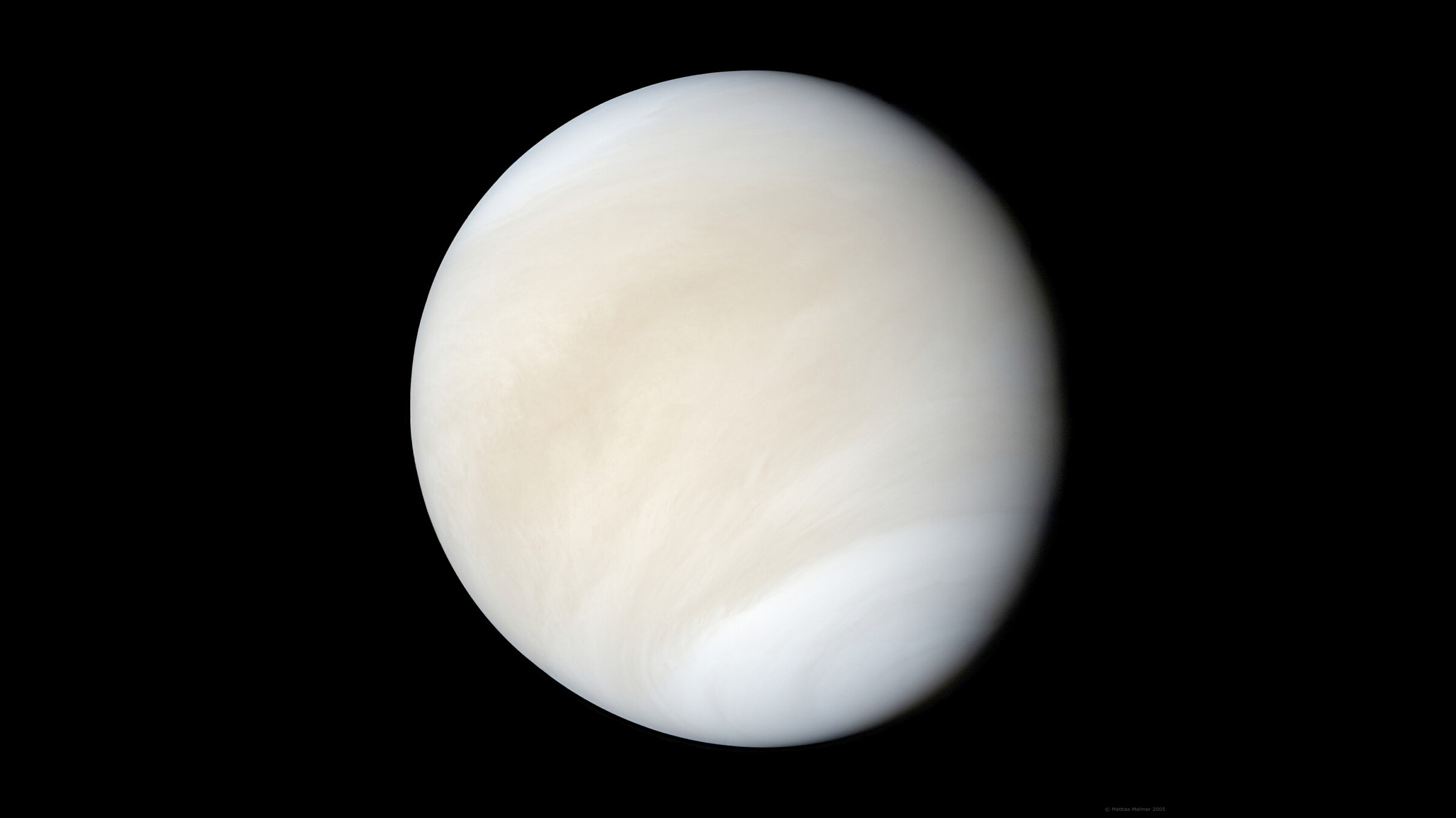
These conditions make the surface of Venus one of the deadliest environments in the Solar System. But the planet likely used to have similar conditions to Earth: oceans of liquid water, a mild climate, and other characteristics that may have made it habitable. Some scientists think the planet may have had liquid water on its surface for 2 billion years, during which time life could have potentially emerged.
If life still exists on Venus today, it will most likely not be on the surface. Instead, the most exciting developments in the search for life on Venus have taken place in its upper atmosphere. In 2020 scientists announced they found phosphine gas — a chemical strongly associated with biological processes — in Venus' clouds 50 kilometers (roughly 31 miles) above the surface, where temperatures and pressures are much more Earth-like.
Phosphine’s presence has since been disputed, then later reclaimed but with an alternative explanation for its origins, disputed once again, and redetected lower in the atmosphere. The verdict on whether phosphine exists in the clouds of Venus, and whether its presence would mean there were life forms producing it, is still very much undecided.
Titan
Titan is Saturn’s largest moon, and the second-largest moon of the Solar System after Jupiter's Ganymede. It is the only moon in the Solar System with a substantial atmosphere, and is the only other world we know of that has liquid on its surface. In Titan’s case the liquid is mostly methane, which fills up seas, flows in rivers, and rains down from the sky. If there is any liquid water on Titan, it would be buried deep beneath the frigid surface, perhaps occasionally oozing out of cryovolcanoes to rapidly cool into ice.
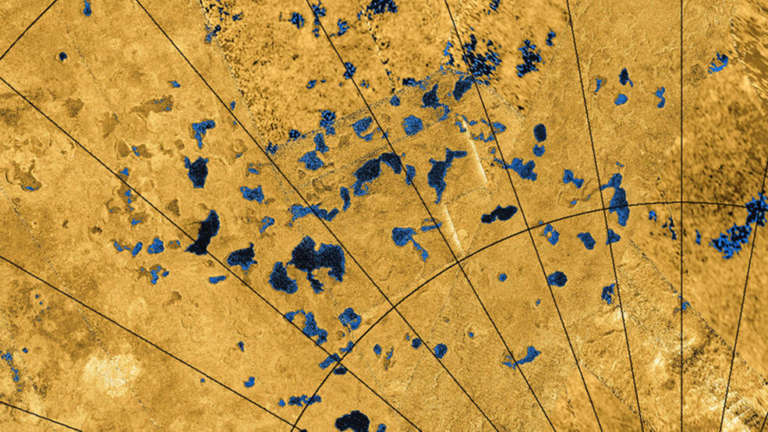
It’s not clear that Titan could host any living organisms, but the liquid on its surface makes it one of the most interesting places in the Solar System to look. Because the primary surface liquid there is methane, researchers are exploring the possibility of methane-based life forms. Carbon-rich compounds called tholins fall to the surface from the Titanian atmosphere, building up huge dune fields in the flatlands. If it’s possible to base life on liquid methane and ethane instead of water, these tholins could be the building blocks of life.
NASA’s Dragonfly mission, scheduled to launch in 2027, will investigate the possibility of past or present life on Titan. Dragonfly is a small drone designed to cover more ground than a traditional lander or rover by making short flights around Titan’s surface. Its main goals are to figure out whether Titan is — or ever has been — habitable, look for complex chemistry, and even search for signs of life on Titan today.
Earth and the Moon
In the search for life, the first step is to know what you’re looking for. The more we study life on Earth, the better equipped we will be to find it elsewhere. This is why astrobiologists — scientists who study the possibility of life beyond Earth — do much of their research right here on our planet, from developing theories on the definition of life itself to studying microbes living in environments that share characteristics with other worlds. To know what we’re looking for on other worlds, we benefit from better understanding the diversity and adaptability of life here on Earth.
Our planet’s satellite may also have some things to teach us about life beyond Earth. Although there’s no evidence that the Moon could be habitable, it is an alien world that has been visited by Earthlings — including astronauts and microbes. The humans who walked on the Moon during the Apollo program left behind more than footprints and flags, and several bags of feces are still on the lunar surface today. While the bacteria in that human waste are almost certainly dead, astrobiologists are keen to retrieve and study them to see what exactly happened to them during their time in the Moon’s harsh conditions.
Tardigrades, a notoriously hardy kind of microscopic animal, have also been left on the Moon. On April 11, 2019, the Israeli spacecraft Beresheet crashed into the Moon during a failed landing attempt, carrying several payloads including a few thousand tardigrades. While these resilient creatures may have been able to survive the crash landing, it’s unclear what their fate was after that.
While the tiny Earthlings that have been left on the Moon are unlikely to have thrived in its harsh conditions, retrieving them for study may yield insights into how life deals with conditions beyond the comforts of home.
Support our core enterprises
Your support powers our mission to explore worlds, find life, and defend Earth. You make all the difference when you make a gift. Give today!
Donate

 Explore Worlds
Explore Worlds Find Life
Find Life Defend Earth
Defend Earth


